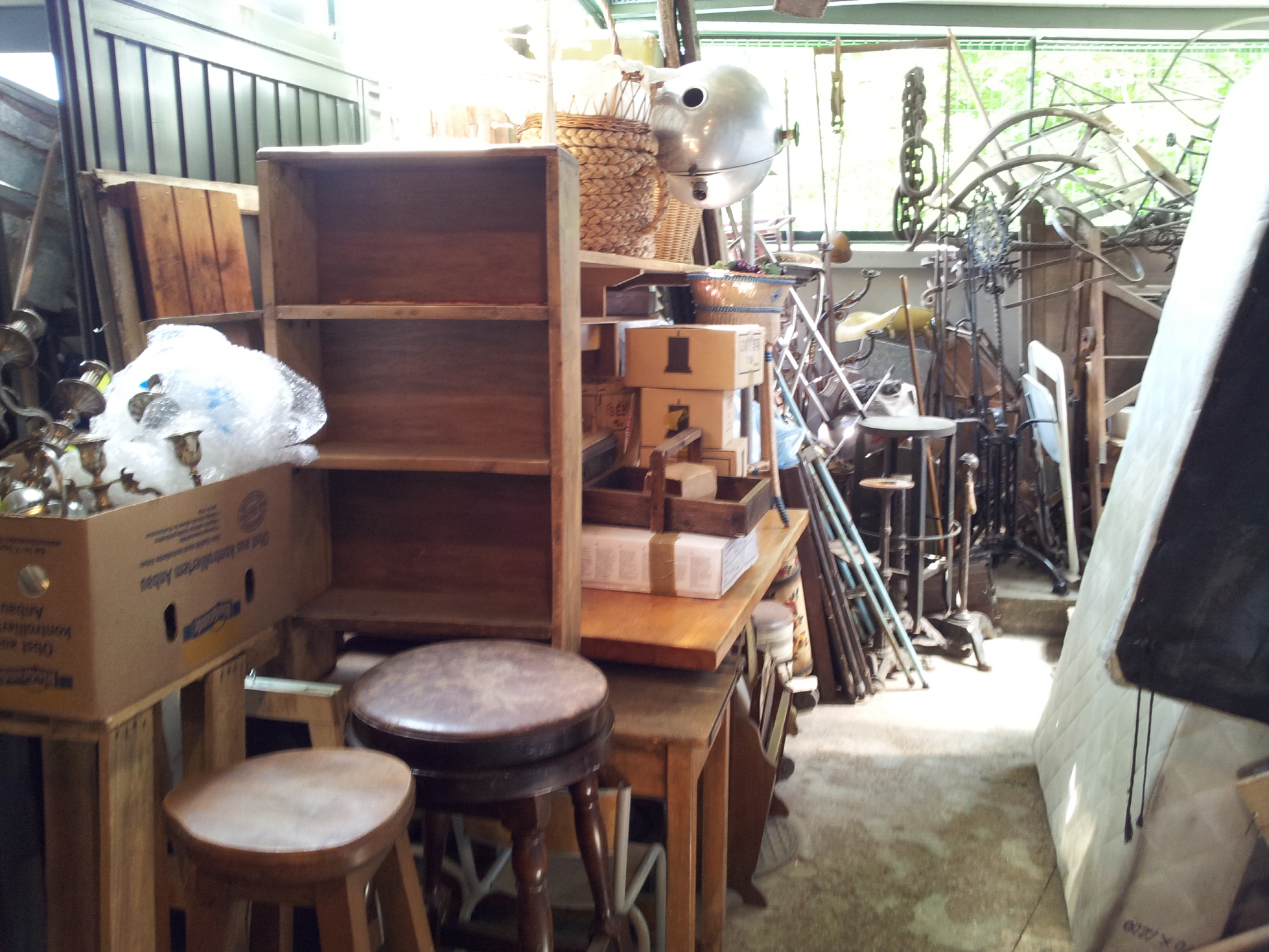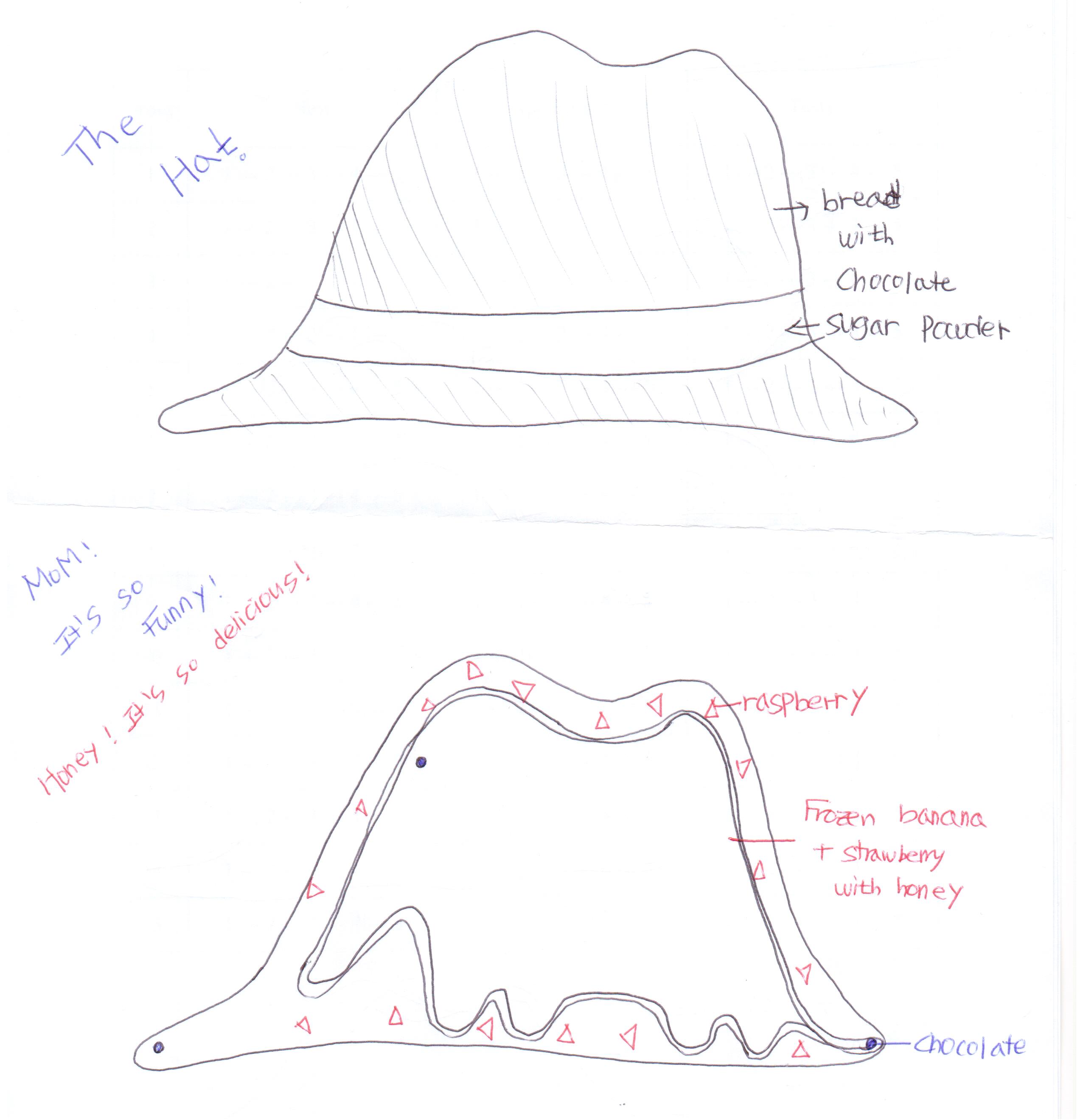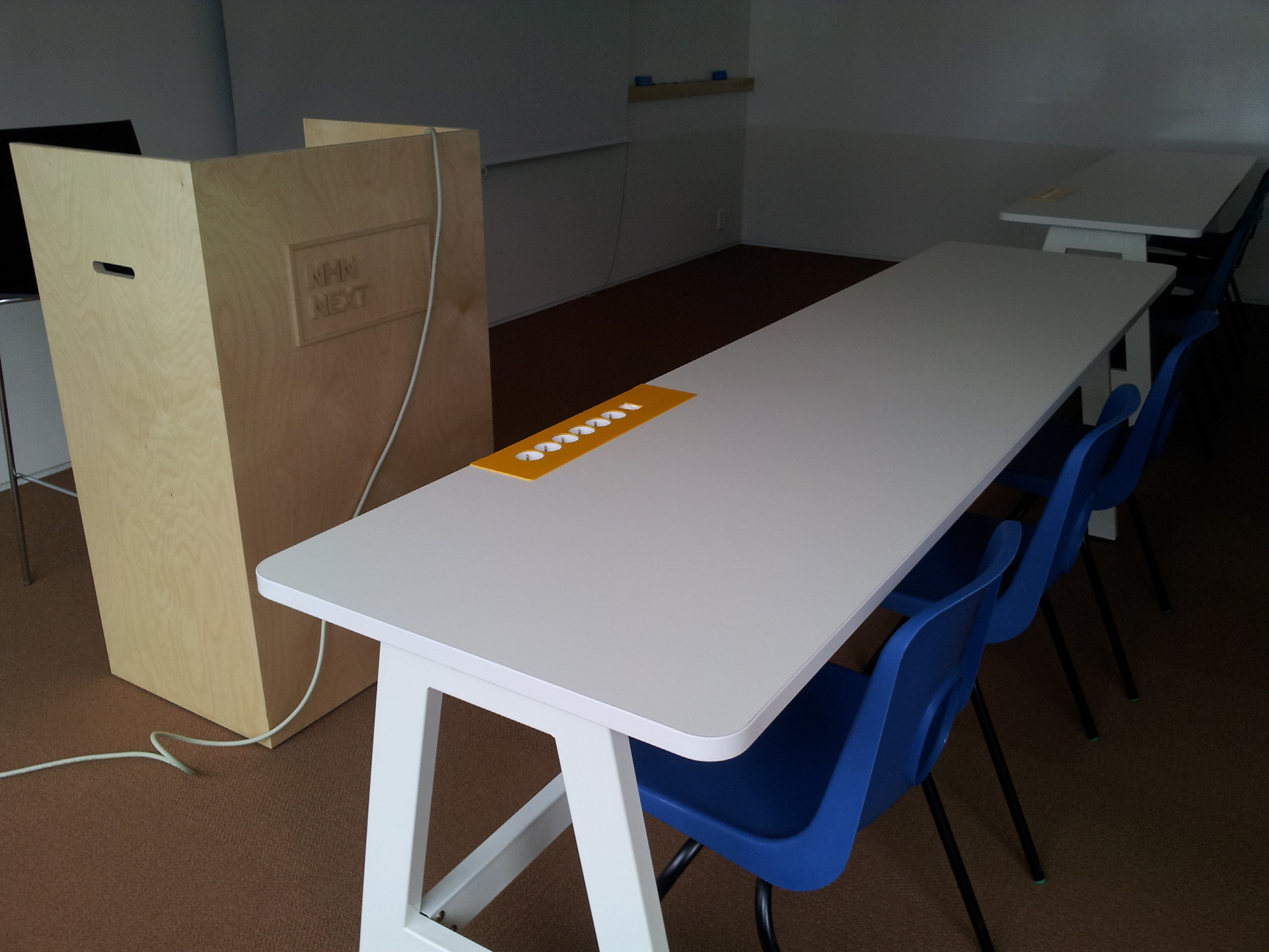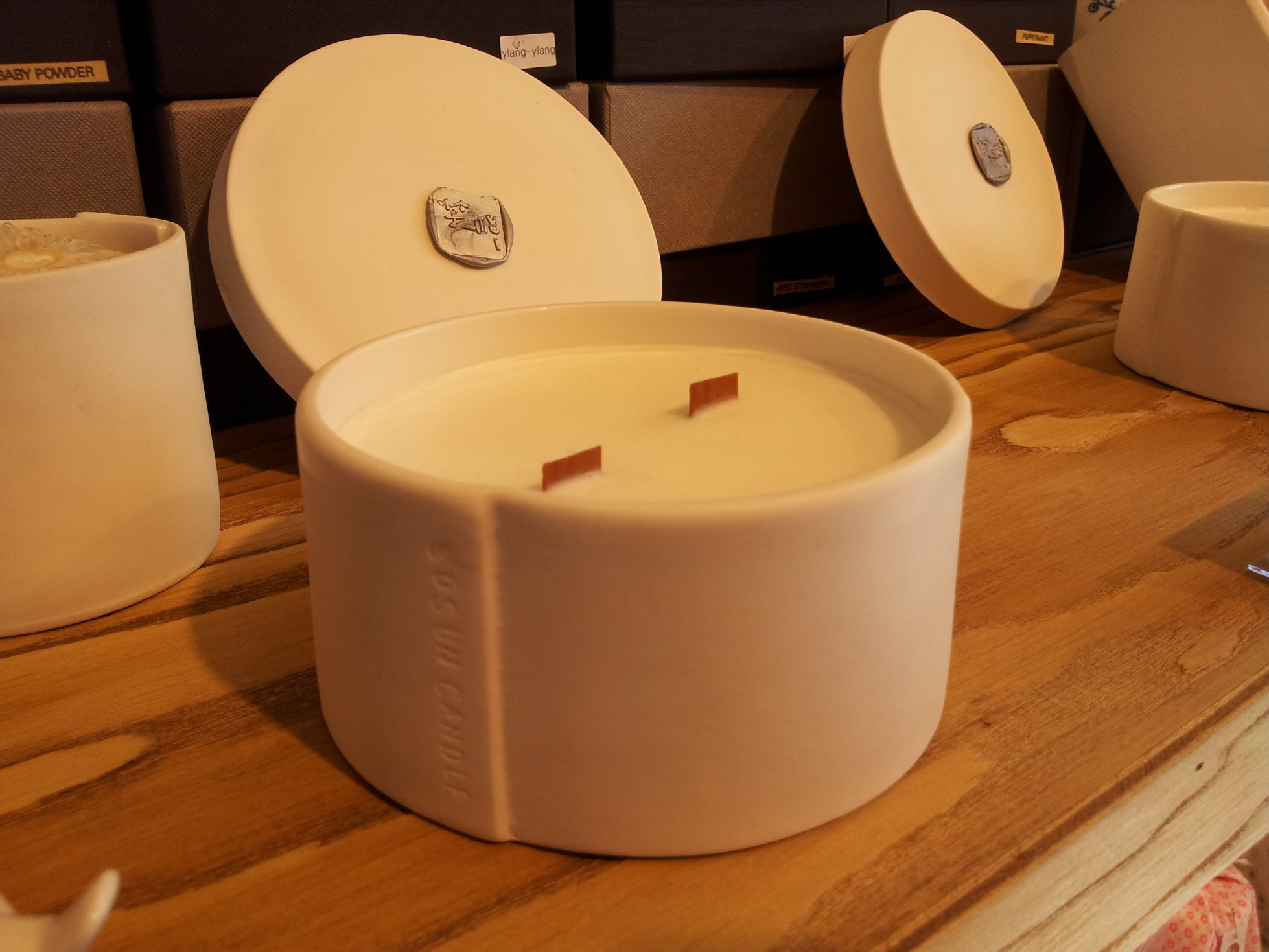
When consumers shop for home decorators, they often find it difficult to imagine how a space looks like if they buy and display specific items. Unfortunately, many typical home deco stores do not take into this issue seriously but take an easy or “analytic” approach: they simply pile up the whole decorators and categorize them by chairs, tables, and lighting (above).
However, up-scale home deco stores take a relatively demanding or “holistic” approach. Ando, for example, is divided into several sections. In this store, only a few items are selectively displayed that go well with the theme of each section. When a section represents a single-person studio, for instance, it has a desk, a chair, a mirror, and a hanger (below). Such a holistic approach relieves consumers’ mental burden, which in turn leads them to pay more in the store (see other examples in the IKEA or read a relevant article on designer vs. consumer).



 At the Korean Cognitive Science conference on May 25, 2013, Soren Petersen and I ran a workshop called “Design Tasty Dessert: The Art of Firing All The Five Senses!” In this workshop, we wanted to go beyond presenting our research projects; instead, we wanted to have some fun and creative experience with participants. Therefore, we asked participants to come up with as many creative dessert ideas as they could and then chose one to present. In order to help them to enjoy the workshop as well as to enjoy their own creativity, we provided them with a piece of chocolate, a piece of brown cake, a strawberry, a mandarin, and a cubic of cheese in the beginning of the workshop.
At the Korean Cognitive Science conference on May 25, 2013, Soren Petersen and I ran a workshop called “Design Tasty Dessert: The Art of Firing All The Five Senses!” In this workshop, we wanted to go beyond presenting our research projects; instead, we wanted to have some fun and creative experience with participants. Therefore, we asked participants to come up with as many creative dessert ideas as they could and then chose one to present. In order to help them to enjoy the workshop as well as to enjoy their own creativity, we provided them with a piece of chocolate, a piece of brown cake, a strawberry, a mandarin, and a cubic of cheese in the beginning of the workshop.
















